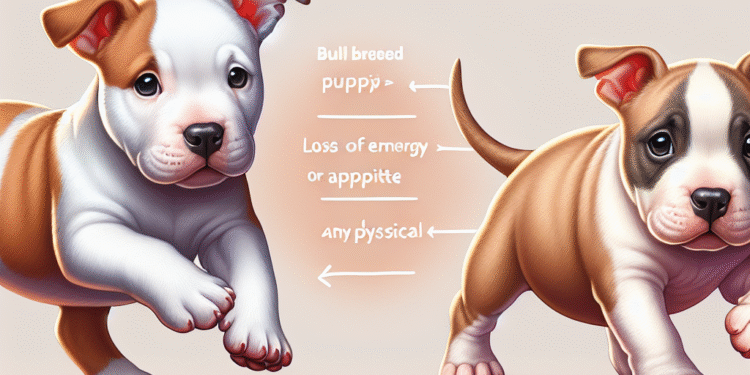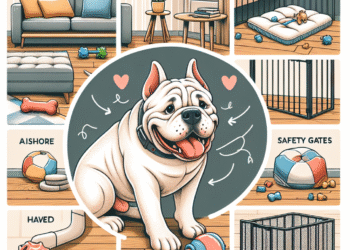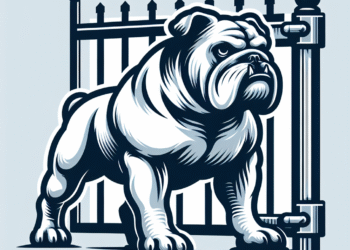Bully breed puppies, known for their muscular builds and loving temperaments, require special attention, especially during their formative months. As adorable as they are, these puppies can be susceptible to a range of health issues. Early detection of illness is crucial for ensuring a long and healthy life. Below, we explore key indicators that can signal potential health problems in bully breed puppies.
Understanding the Unique Health Needs of Bully Breeds
Bully breeds, which include popular breeds like the American Pit Bull Terrier, Bull Terrier, and American Bulldog, often face specific health challenges. Many of these breeds are prone to issues such as hip dysplasia, skin allergies, and heart conditions. It’s essential for puppy owners to be knowledgeable about these predispositions to recognize early signs of illness.
Common Early Signs of Illness
1. Changes in Appetite
One of the most significant indicators of a possible health issue is a sudden change in appetite. If your puppy is reluctant to eat or shows signs of excessive hunger, it could indicate underlying problems such as dental issues, gastrointestinal distress, or other health conditions.
2. Lethargy or Decreased Energy
While puppy playfulness is normal, a noticeable decrease in energy levels should raise a red flag. Lethargy can result from various factors, including infection, pain, or even heart problems. If your puppy is less active than usual or seems to tire easily, it’s time to consult a veterinarian.
3. Frequent Vomiting or Diarrhea
Occasional digestive upset in puppies can be expected, especially with changes in diet or excitement. However, persistent vomiting or diarrhea is concerning and can lead to dehydration. Monitor your puppy’s stool and report any changes to your vet.
4. Excessive Thirst or Urination
Increased thirst (polydipsia) and frequent urination can indicate conditions such as kidney issues or diabetes. If you notice your bully breed puppy drinking excessively or having accidents in the house, seek veterinary advice.
5. Coughing or Difficulty Breathing
Respiratory issues can occur in any dog, but certain bully breeds may be more susceptible due to their brachycephalic nature. Coughing, wheezing, or labored breathing is not normal and warrants immediate veterinary attention.
6. Skin Issues
Bully breeds often have sensitive skin that can be prone to allergies and infections. Signs such as itching, excessive scratching, or hair loss may indicate dermatological issues. Pay attention to any unusual odors or redness in the skin.
7. Changes in Behavior
If your normally affectionate puppy becomes withdrawn, anxious, or aggressive, it can be a sign of discomfort or illness. Behavioral changes should never be overlooked, as they may indicate pain or distress.
8. Swelling or Lumps
Frequent checks for lumps and bumps are crucial for early detection of potential tumors or infections. If you notice any new swellings or masses on your puppy’s body, consult your vet to determine if further evaluation is needed.
Regular Veterinary Care
Routine check-ups are invaluable for early detection of health issues. Ensure your puppy is up-to-date on vaccinations and receives regular wellness exams. Discuss your puppy’s specific breed-related health concerns with your veterinarian to establish a tailored care plan.
Conclusion
Recognizing early signs of illness in bully breed puppies is essential for their wellbeing. By staying vigilant and attentive to changes in behavior, appetite, and overall health, you can provide the best care possible for your furry friend. Remember, when in doubt, always consult with a veterinarian. Your puppy will appreciate your care and attention, ensuring they grow up healthy and happy.














